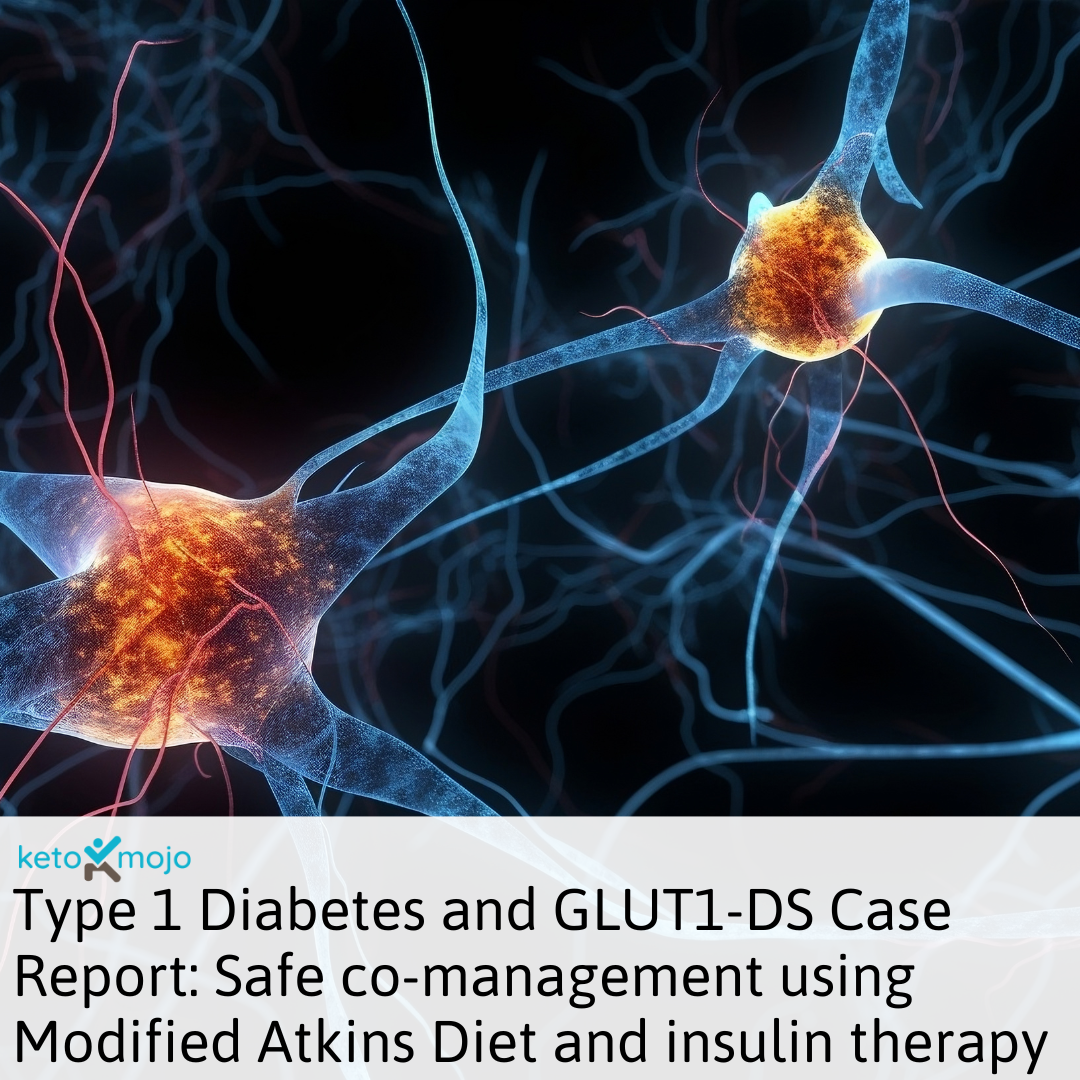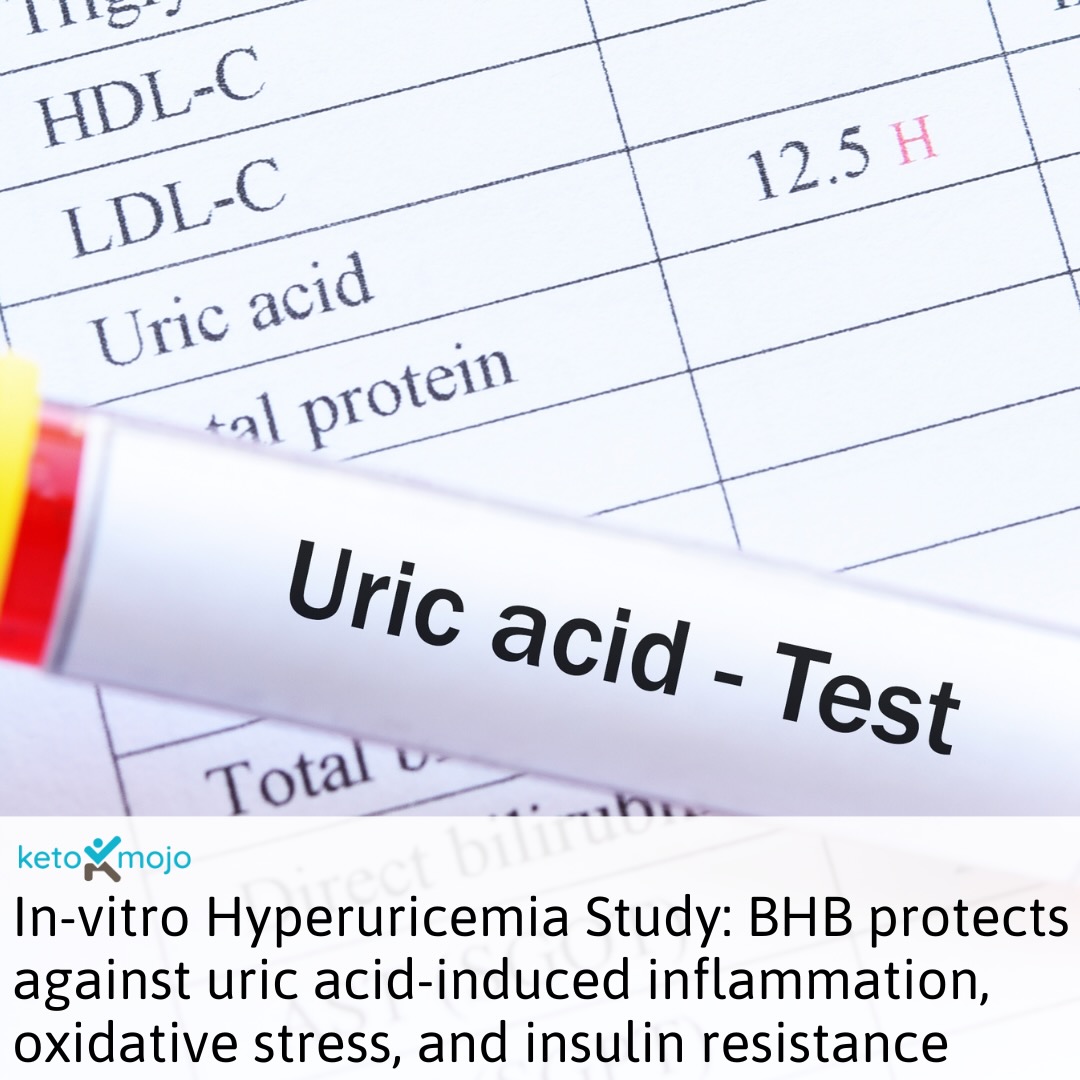Endocrine, Metabolic Syndrome, Diabetes
Treatment of an Opposing Metabolic Situation: GLUT1- Deficiency Syndrome and Type 1 Diabetes

Glucose transporter type 1 deficiency syndrome (GLUT1-DS) is a rare genetic metabolic disorder resulting in impaired glucose transport across the blood–brain barrier and chronic cerebral energy deficiency. Patients typically require lifelong ketogenic diet therapy to supply the brain with ketone bodies as an alternative energy source. The modified Atkins diet (MAD), a form of KDT, is commonly used to manage symptoms, including seizures and motor impairments.
A recent case report described the management of a 15-year-old female patient with GLUT1-DS who developed type 1 diabetes (T1D) while on MAD. She had been seizure-free and neurologically stable on MAD since age 10. At age 15, she presented with diabetic ketoacidosis (DKA) during routine follow-up, revealing previously undiagnosed T1D. Treating both conditions simultaneously posed a unique clinical challenge, as insulin therapy required for T1D can suppress the ketone production necessary for GLUT1-DS management.
Following correction of DKA, insulin pump therapy was initiated while MAD was maintained. An interdisciplinary team established individualized treatment targets to support both glucose control and therapeutic ketosis. The patient’s care included real-time monitoring of blood glucose and β-hydroxybutyrate levels, strategic use of MCT oil, and insulin dose adjustments to preserve moderate ketosis.
Over a 24-month follow-up, she experienced no recurrence of DKA, seizures, or paroxysmal movement disorders. Her HbA1c remained stable at 6.9%, and insulin requirements averaged 0.6 IU/kg/day. Morning β-hydroxybutyrate levels were maintained between 0.4 and 2.2 mmol/L.
This is the first documented case of T1D onset in a patient already undergoing ketogenic diet therapy for GLUT1-DS. It demonstrates that with individualized targets and close interdisciplinary coordination, these two metabolically opposing conditions can be managed safely and effectively. Further investigation is warranted to guide treatment protocols for similar cases.






